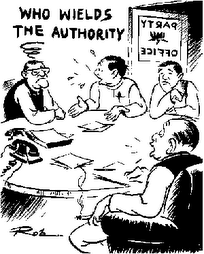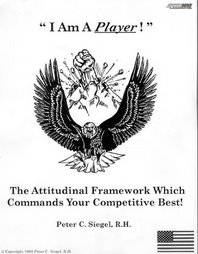
.....Japan:
The foreigners started respecting japan when it progressed and industrialised itself in late 19th century when it had the power to defeat countries like china and Russia in wars..both of which are some of the largest nations of the world...this led to a parity and recognition of their equality with the western powers by the alliance in 1902 with the British govt, which was the most powerful country at that point of time.
..........thus it is a far cry from the japan of the early 19th century when it was just an isolated stagnant economy,but with rigorous planning and programs in the next 50 years,it was well on the way to becoming a nation held at par with the west and in some spheres more advanced than them too.......WHAT BROUGHT THIS CHANGE......THAT ALSO IN THE MINIMUM TIME....
Any revolution needs the support of the masses...it may be led by a single person,a group of persons,or an organization of the masses....but in all scenarios,the masses are the driving force....here,the masses have to understand how to get inspiration from the example of japan...so we shall try to draw some parallel between japan and Manipur...and i don't have to try hard because there is much similarity....
Japan with small agricultural lands,prone to earthquakes,small population and with inadequate resources doesn't seem likely to be a developed nation but the fact remains that it is one.Japan in the beginning of the 19th century i.e.1800 to 1850, was a stagnant non-moving society.........the section of society holding authority sought to freeze the society and let it decay.The Tokugawa shogunate kept a strict control over communication and freedom of the officials and landed sections i.e.the daimyos...they were burdened with economic pressures.....The hierarchy was like as follows:
1.Imperial house and court nobility(the kuge)
2.the Daimyos(fief lords:ones who collected tax,landed rich section)
3.the Samurais(warrior class,having bureaucratic duty in peace times)
4.peasantry
5.the chonins(merchant and trader class)
...all of them were in a state of impoverishment.These are the internal contradictions within the society of japan then with some powerful parties securing power and keeping it in their folds by adopting domestic policies of censorship,communication bans,non-industrialisation,freedom restrictions and military force.The external policies or foreign policies adopted to consolidate power were to seclude japan from the rest of the world.It tried like china to close its doors to foreign trade(china couldn't develop as easily and fast as japan because its govt itself built a clear cut ideology of aggressive modernization,which the Chinese govt. didn't..and also china was a large country and there was no uniform progress and quite difficult to deliver all round development.Japan on the other hand,small and less populated was easier to maneuver....Thus we see that being a small country and having less resources and population doesn't necessarily is a disadvantage)Limited trade was allowed at the port of Nagasaki wit the dutch traders...This policy of seclusion known as Policy of Sakoku was justified on grounds of saving japan from imperialism,but it also cut off japan from the developments of the outside world and mainly the scientific revolution...thus economic progress got hampered.
How many differences do we find between the japan of that time and the Manipur of today.Both have less population,less resources and land.Both exist on a non-progressive social structure which is controlled and influenced by few groups who terrorise and exploit power.we can try to read the above paragraphs by putting the Manipur word in place of all the places where i have written japan.
To complete the Japanese story,there were of course many resistances to these hardships of the Japanese society but it couldn't succeed on account of 1.lack of ideology 2.political dynamism
And the anti-Bakufu movement came which swept away the old shogunate and sought to replace it with more able authority.The leaders role was taken up by the class of Ronins.They were the most radical and responsive to shogunate policies.They were basically masterless samurais.Due to economic crisis of the daimyos,they had to release some of the lower samurais serving them and these same became the ronin class who were a rootless,floating section of the society.They realized that Nagasaki was a window to the world and they learnt western knowledge,military and industrial technology there.In 1853,japan was compelled by USA to open its doors and various treaties on unequal terms were signed in favour of USA.This Open Door Policy totally exploited japan.western learning no longer became taboo and became acceptable.and soon the Ronins financed by the merchants class,the chonins and assisted by kuge overthrew the shogunate...Thus with the Meiji restoration of 1868,japan adopted a new constitution and modelled itself on western lines.....The most important point is that they adopted the positive and truly progressive features of the west....adopting the western ideas doesn't mean we are subjugated or under them because the west too takes ideas from the east...because what is truth will remain the truth no matter its origin,west or east.....and we can see the result today..japan is second to none in various fields...even with the Nagasaki atomic bombings,it hasn't lost its supremacy in many industrial fields and still continue to be one of the most industrialised nation.
The development model it adopted will be mentioned as i talk of Manipur to make it brief...
For those to lazy to read it all...here is the summary of sorts:
Japan:1800-1850:an underdeveloped place similar to the conditions of Manipur today
Japan:1850-1900:a revolutionised nation on the path of development and soon to receive parity with the west.
Japan:1900-1950:the only Asian nation to be an imperialist power(having military and economic might to conquer other nations)....
....thus above china, Korea,India etc.












No comments:
Post a Comment